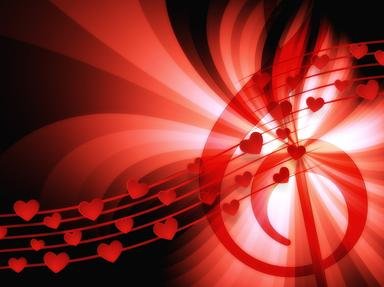Quiz Answer Key and Fun Facts
1. The music for this 1949 thriller was played entirely on one instrument and the theme song blew up the charts. Harry Lime would have been proud.
2. This 1967 multiple Oscar-winning movie boasted one of the goriest final scenes on screen to that date, and the soundtrack propelled a subgenre of country music into the mainstream.
3. This Oscar-winning 'buddy' film came out in 1973 and the story was set in 1936. The unforgettable music, however, was right out of 1901.
4. George Lucas wanted to make this 1973 movie because "cruising was gone, and I felt compelled to document what my generation used as a way of meeting girls". Wolfman Jack got to howl!
5. It's 1968. You're in a cinema, watching a space ship floating through space, about to dock at a space station. And you're hearing..."The Blue Danube"? HAL liked it, though.
6. In this groundbreaking 1969 movie we could hear songs that were already hits. It made everybody feel they were born to be wild.
7. You've got the soap, you've got the water, you've got the curtain coming down; but without the screeching violins, this scene from the 1960 movie would not be as memorable, as shocking.
8. The director started to laugh when the composer for this 1975 movie tried the music out on the piano for him. "What he played me with two fingers on the lower keys, was 'dun dun, dun dun, dun dun.' I thought he was putting me on."
9. For producer David Putnam, the project seemed a bit dubious. Two runners, the 1924 Olympics...but the innovative soundtrack turned a small film into a huge 1981 hit.
10. This 2013 movie showcases a soundtrack that includes Jay Z, Beyoncé, Bryan Ferry and George Gershwin. Daisy's a bit confused; it's the 1920s and the only one she recognizes is George.
Source: Author
Sidd2
This quiz was reviewed by FunTrivia editor
agony before going online.
Any errors found in FunTrivia content are routinely corrected through our feedback system.

